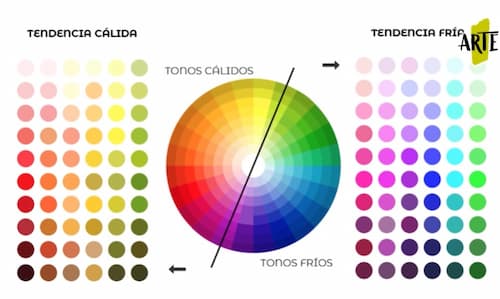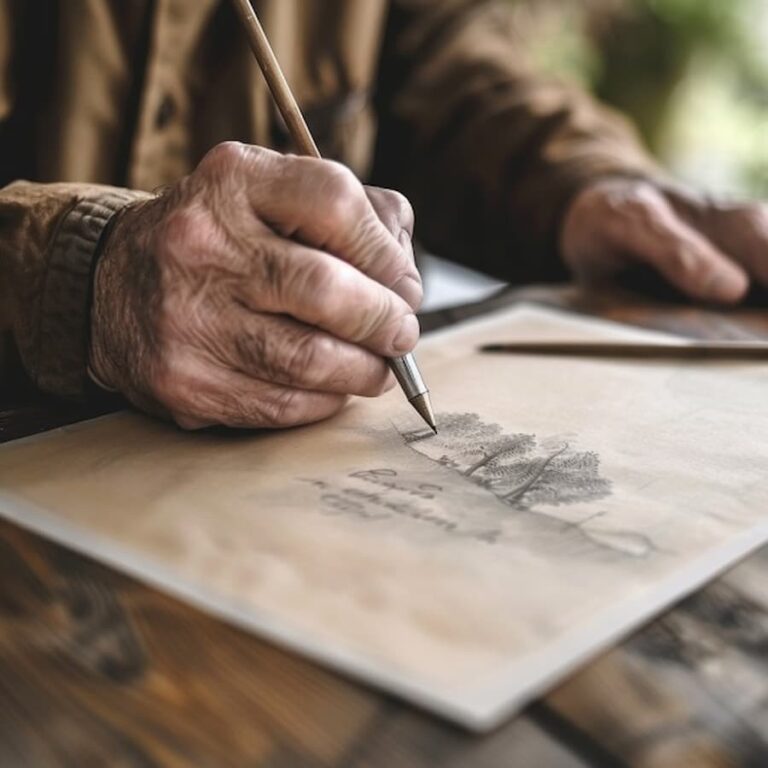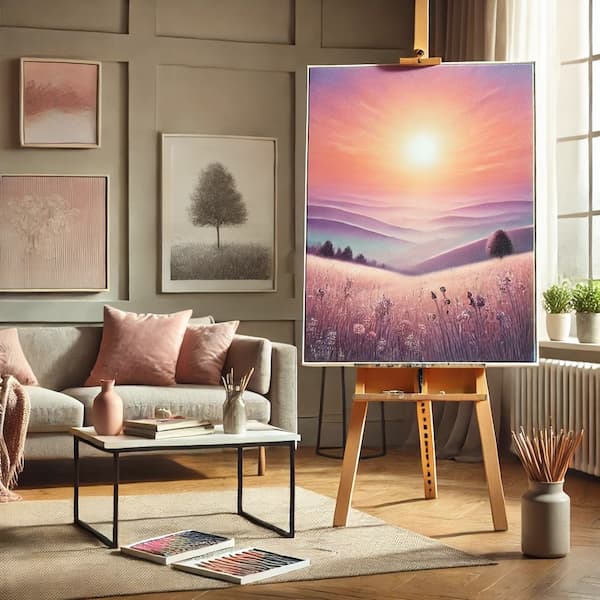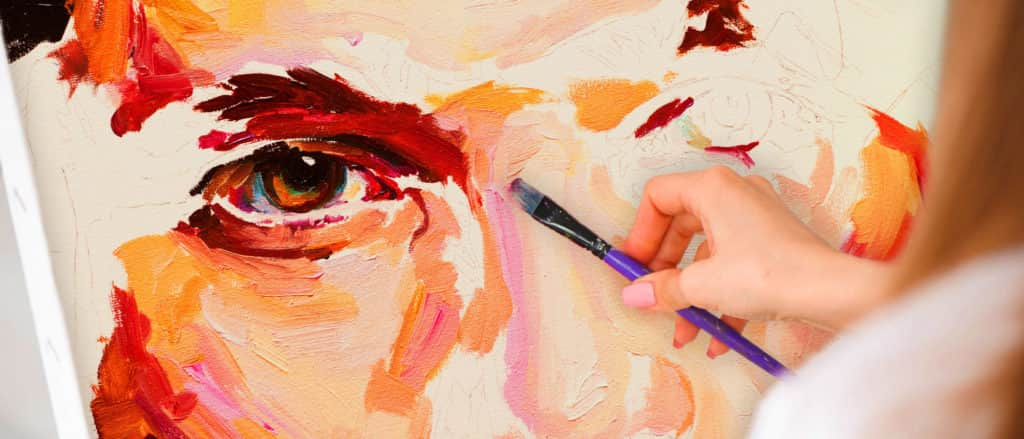Hello, Artenauta! In the following lines we are going to talk about a key topic when talking aboutThe Theory of Color and, therefore, to achieve the results we are looking for in our works: warm and cold colors.
To do this, we must start by talking about:
Color temperature
A term that refers to how warm or cool a hue is, depending on where it is located on the color wheel. Warm colors would be those within the red, orange and yellow spectrum, while cool colors would be those within the violet, blue and green spectrum.
Violet and green tones would be in the middle, making the division between cool and warm trends. For example, a lime green or a violet with a carmine tendency, these two tones can be considered cool, warm or a little neutral.
At this point, we must say that not everything is so simple, because depending on the lighting used and the other colors that accompany it, the same tone can give a feeling of warmth or coldness.
In addition, we must take into account that when we lighten or darken a tone, its tendency may change; for example, in theory, green tones are cold, but if we darken it using its complementary
complementary
for example, we will obtain a green with a reddish tendency and, therefore, warmer.
The brightest colors
With a greater white component, they tend to have a cooler tendency.
Therefore, when designating the temperature of a color, we should not only look at the color itself, but also at the other tones it tends to, and whether they are cold or warm, as well as its luminosity and the other tones that appear in the environment.
Understanding and assimilating
Color Theory
is of vital importance in order to work with paint and obtain the desired results, avoiding unnecessary waste of pigments and achieving much more vibrant and realistic finishes.
To learn how to handle color, as well as all the techniques and materials you need to know to paint like a true professional, we recommend you to visit our
Painting courses,
where we teach you all the concepts, techniques and materials to become a true artist, finding and developing your own style and reaching where you propose.



















